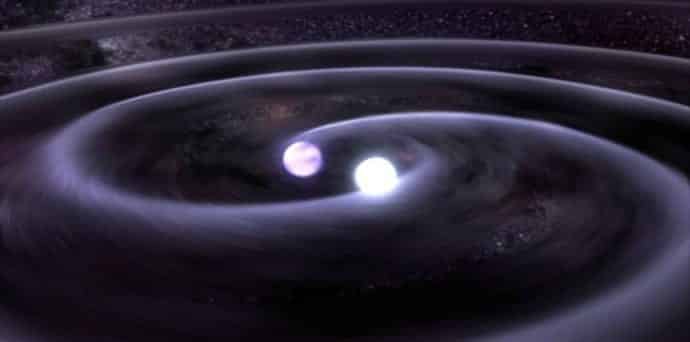Rumor mills suggest that it is almost time for gravitational waves aka ripples in fabric of spacetime
For quite some time now, rumors are swarming on social media that the newly upgraded Advanced Laser Interferometer Gravitational-Wave Observatory (LIGO), has finally seen the gravitational-wave signature of two stellar-mass black holes spiralling together and merging. Looks like the scientists behind the LIGO are finally getting ready to reveal their latest findings.
The author says he got the information from people who have seen the manuscript of the LIGO paper that will pronounce the discovery.
“This is just from talking to people who said they’ve seen the paper, but I’ve not seen the paper itself,” says Clifford Burgess, a theoretical physicist at McMaster University in Hamilton, Canada, and the Perimeter Institute for Theoretical Physics in nearby Waterloo. “I’ve been around a long time, so I’ve seen rumors come and go. This one seems more credible.”
According to Burgess’s email, which found its way onto Twitter as an image attached to a tweet from one of his colleagues, LIGO researchers have seen two black holes, of 29 and 36 solar masses, swirling together and merging. The statistical significance of the signal is supposedly very high, exceeding the “five-sigma” standard that physicists use to distinguish evidence strong enough to claim discovery.
LIGO consists of two gargantuan optical instruments called interferometers, with which physicists look for the nearly infinitesimal stretching of space caused by a passing gravitational wave. According to Burgess’s email, both detectors spotted the black hole merger with the right time delay between them.
In an email to Geekwire, Fred Raab, the head of the LIGO laboratory in Hanford, Washington said, “As we have done for the past 15 years, we take data, analyze the data, write up the results for publication in scientific journals, and once the results are accepted for publication, we announce results broadly on the day of publication or shortly thereafter.”
That would be significant, in part because it would confirm one of the most elusive predictions of Einstein’s general theory of relativity, and it would also open a new field of cosmic observation: gravitational-wave astronomy. It would also open up a new gap on extreme cosmic phenomena, including merging black holes and clashing neutron stars.
All of this as of now remains speculation until the LIGO team announces its latest results—which according to Burgess, could possibly happen next week. “If this is true, then you have 90% odds that it will win the Nobel Prize in Physics this year,” Burgess says. “It’s off-the-scale huge.”
On being questioned why he sent an email to his entire department, Burgess told Science that he particularly wanted to share his excitement at the news with students. “It’s one of those big events where the students may be a little bored by what they are doing in class but they may be excited by this,” he said.
Source: Sciencemag

